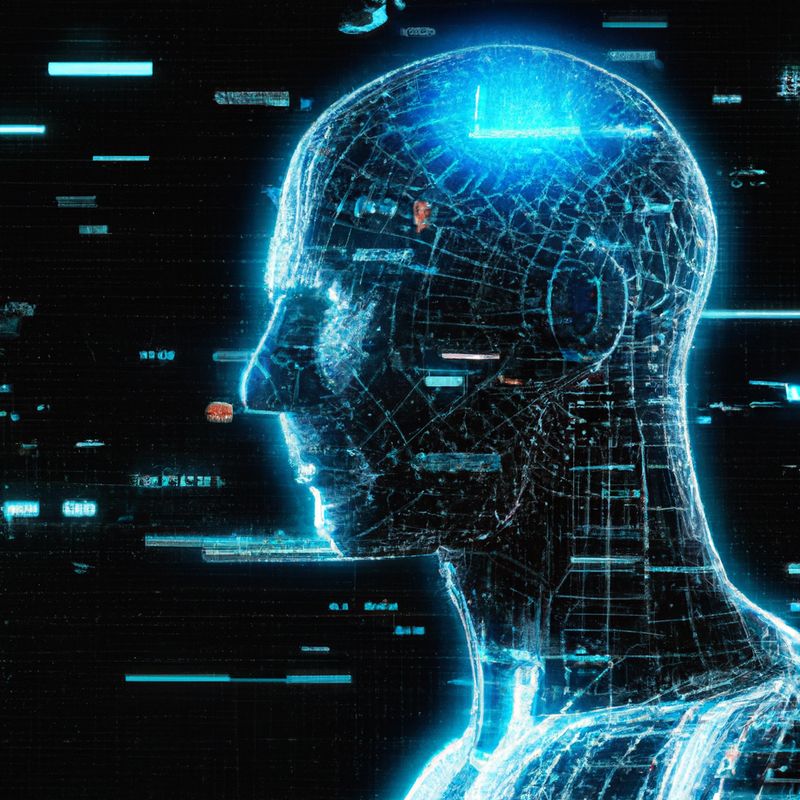Top 10 Machine Learning Models: Which is the Best for You?

Machine learning is one of the most important tools in the modern world of artificial intelligence. As technology advances, so does the complexity of machine learning models. With so many models to choose from, it can be difficult to decide which one is best for your project. In this article, we’ll explore the top 10 machine learning models and discuss which one is best for you.
What Is Machine Learning?
Machine learning is a type of artificial intelligence (AI) that uses algorithms to learn from data. It enables computers to identify patterns in data and make predictions about future outcomes. Machine learning is used in a variety of industries, from finance to healthcare, and is becoming increasingly important as technology advances.
Types of Machine Learning
There are three main types of machine learning: supervised, unsupervised, and reinforcement. Supervised learning is when the data is labeled, and the model is trained to make predictions based on the labels. Unsupervised learning is when the data is unlabeled and the model is trained to identify patterns in the data without the use of labels. Reinforcement learning is when the model is trained to learn from its mistakes and make decisions based on rewards and punishments.
The Top 10 Machine Learning Models
Now that you know the basics of machine learning, let’s take a look at the top 10 machine learning models. Each model has its own strengths and weaknesses, so it’s important to consider your project’s needs before deciding which one to use.
Support Vector Machines
Support Vector Machines (SVMs) are supervised learning models that are used for classification and regression tasks. SVMs use a hyperplane to separate data points into two classes. SVMs are powerful models that can be used for a variety of tasks, from text classification to image recognition.
Random Forest
Random Forest is an ensemble learning algorithm that uses multiple decision trees to make predictions. It is a supervised learning algorithm that can be used for both classification and regression tasks. Random Forest is a powerful model that is used for a variety of tasks, such as predicting customer churn and fraud detection.
Naive Bayes
Naive Bayes is a supervised learning algorithm that is used for classification tasks. It is based on the assumption that all features are independent of each other. Naive Bayes is a simple yet powerful model that is used for a variety of tasks, such as spam filtering and document classification.
k-Nearest Neighbors
k-Nearest Neighbors (k-NN) is a supervised learning algorithm that is used for classification and regression tasks. It is based on the idea that similar data points will have similar labels. k-NN is a simple yet powerful model that is used for a variety of tasks, such as image recognition and recommendation systems.
Gradient Boosting
Gradient Boosting is an ensemble learning algorithm that uses multiple decision trees to make predictions. It is a supervised learning algorithm that can be used for both classification and regression tasks. Gradient Boosting is a powerful model that is used for a variety of tasks, such as predicting customer churn and fraud detection.
Logistic Regression
Logistic Regression is a supervised learning algorithm that is used for classification tasks. It is based on the idea that the relationship between the dependent and independent variables can be described by a logistic function. Logistic Regression is a simple yet powerful model that is used for a variety of tasks, such as predicting customer churn and fraud detection.
Decision Trees
Decision Trees are supervised learning algorithms that are used for classification and regression tasks. They are based on the idea that the data can be divided into smaller and smaller subsets, and each subset can be used to make a prediction. Decision Trees are powerful models that are used for a variety of tasks, such as predicting customer churn and fraud detection.
Neural Networks
Neural Networks are supervised learning algorithms that are used for classification and regression tasks. They are based on the idea that a network of neurons can be used to approximate any function. Neural Networks are powerful models that are used for a variety of tasks, such as image recognition and natural language processing.
Support Vector Regression
Support Vector Regression (SVR) is a supervised learning algorithm that is used for regression tasks. It is based on the idea that the data points can be separated into two classes by a hyperplane. SVR is a powerful model that is used for a variety of tasks, such as predicting stock prices and forecasting sales.
K-Means Clustering
K-Means Clustering is an unsupervised learning algorithm that is used for clustering tasks. It is based on the idea that data points can be clustered into groups based on their similarity. K-Means Clustering is a powerful model that is used for a variety of tasks, such as image segmentation and customer segmentation.
Which Machine Learning Model Is Best for You?
Now that you know the top 10 machine learning models, it’s time to decide which one is best for your project. Each model has its own strengths and weaknesses, so it’s important to consider your project’s needs before deciding which one to use. If you’re unsure which model to use, you can always consult with a machine learning expert to help you make the best decision.

